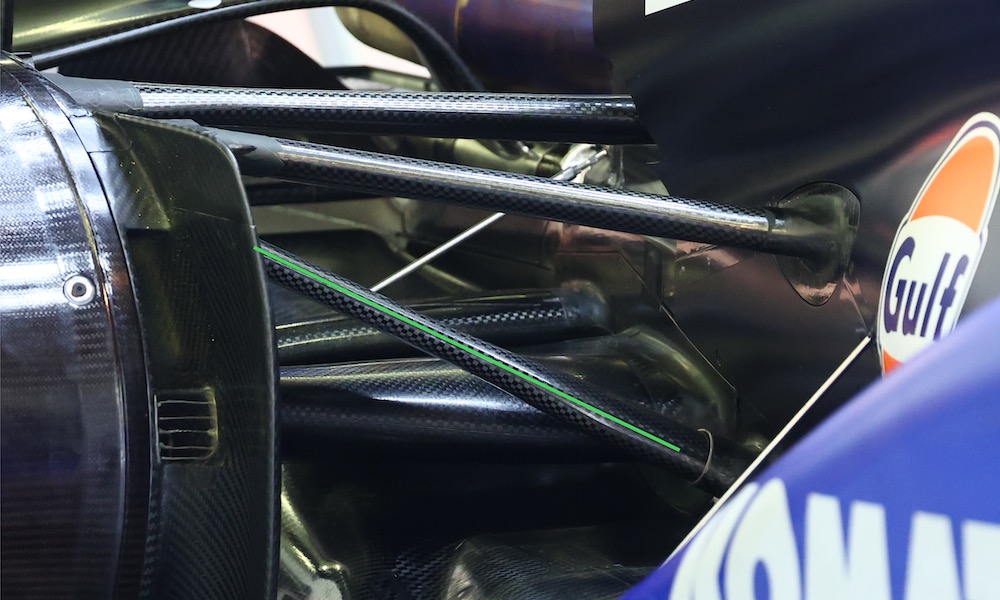Mercedes, Aston Martin and Williams are the three Mercedes-powered teams on the Formula 1 grid, meaning they also use a transmission supplied by the German marque. This agreement naturally extends to components in the rear suspension, which is linked to the gearbox. For the 2024 season, which starts in Bahrain this weekend, Mercedes and its customer Aston Martin have switched to pushrod suspension at the rear, having previously operated with pull rods. McLaren has continued with pull rods on the front and pushrods on the rear. However, Williams stands as an outlier because it has stayed in the pull rod camp.
Why has the Grove-based team not followed the other Merc-powered outfits and gone to a rear pushrod arrangement? Chief technical officer Pat Fry explained that it wasn’t entirely done by choice. The Williams FW46 underwent its first shakedown on the eve of pre-season testing in Bahrain, where the unchanged pull rod configuration on the rear was confirmed to the surprise of some.
‘All those decisions were made well before I started here,’ Fry told media including Racecar Engineering. ‘But in reality, I think that was the only option available. Mercedes are already committed to providing suspension and they could only physically make two sets of this year’s stuff. Therefore, we picked up last year’s. It’s more logistics than a choice, as such.’
With Aston Martin getting the nod to adopt Mercedes’ latest gearbox and pushrod rear suspension parts, Williams was left to go its own way. It pressed ahead with designing its own suspension within the 2023 gearbox casing from Mercedes.
‘It’s got a set of different suspension tuning options to what we had before,’ said Fry. ‘We’ve lost some things and gained some things. We’ve got a new set of tools in the toolbox and we need to know how to use them.’
It will take a few races before Williams can judge whether, if given the choice, it would have taken pull rods on the rear or switched to pushrods like Mercedes and Aston Martin. Early on, Fry indicated that the team noticed ‘a few good gains’ from wind tunnel tests incorporating the different aerodynamic flow produced by the pull rod arrangement.
There is no consensus on what sort of suspension layout is better because the pros and cons vary from car to car. However, there are some basic…
Click Here to Read the Full Original Article at Racecar Engineering…

